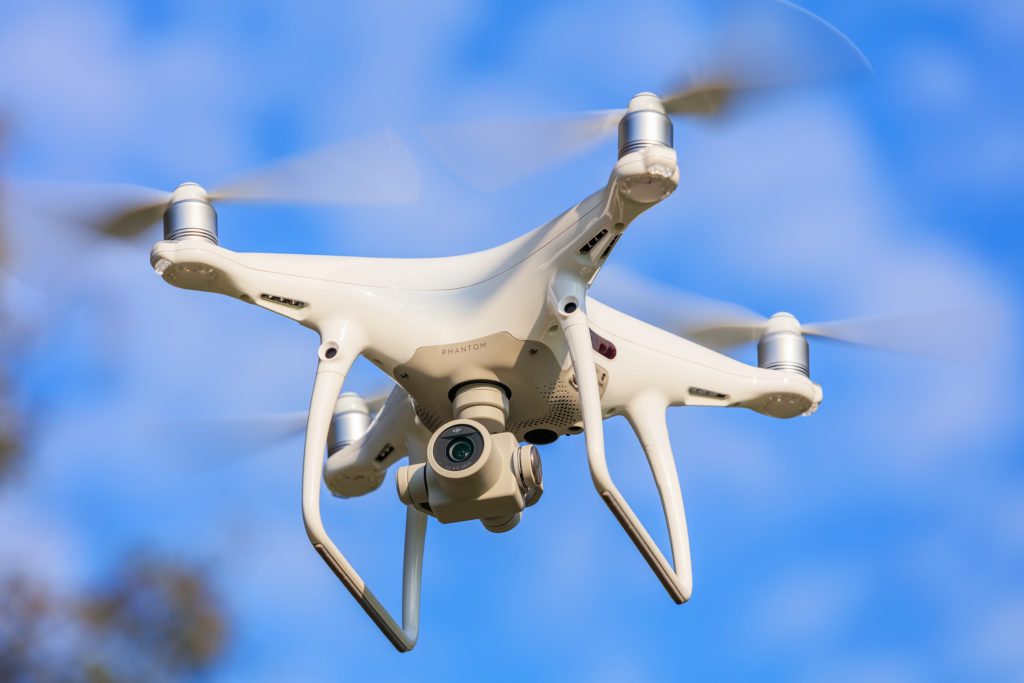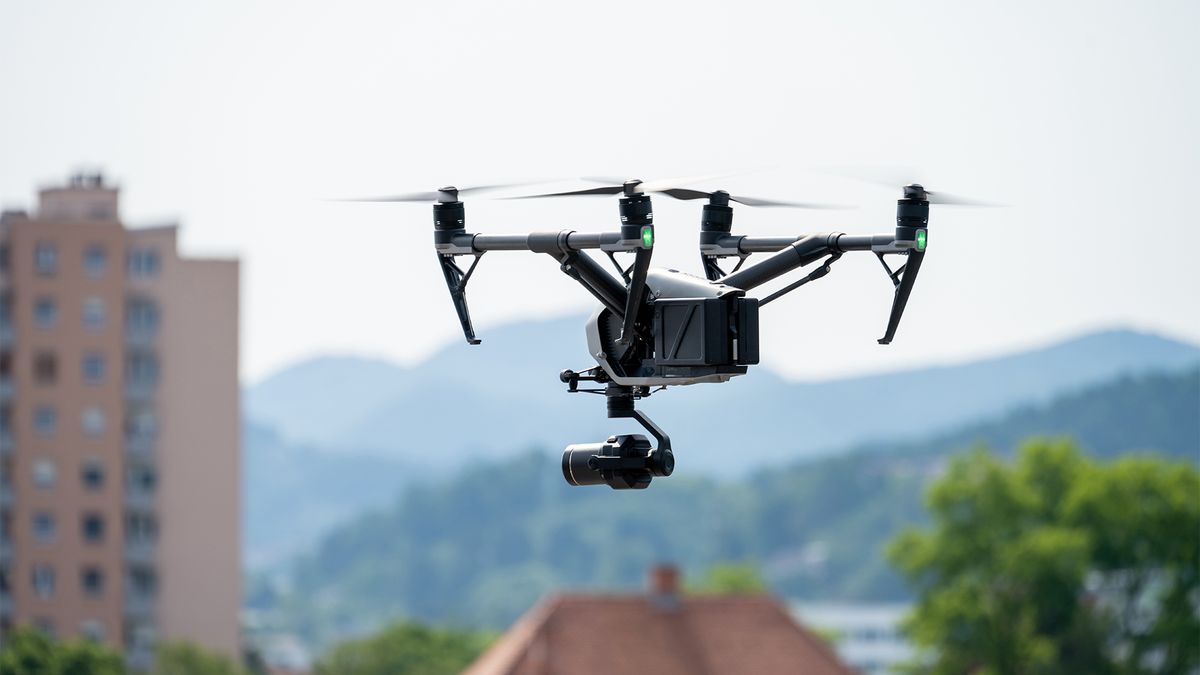Where Can You Fly a Drone? Shocking Facts and Guidelines
For professional photographers, utilizing drones for aerial shots opens up a world of creativity. But the foremost question every drone enthusiast grapples with is 'where can you fly a drone?' Understanding the regulations and ideal locations is crucial for capturing that perfect shot. As technology evolves, regulations are being established and changed, making it imperative to remain informed.
The drone revolution has transformed how we capture images and videos. From breathtaking landscapes to dynamic cityscapes, the possibilities are limitless. However, with this freedom comes responsibility. It's essential to be aware of local laws and guidelines to avoid legal troubles while flying your drone.

Understanding Drone Regulations
In the United States, the Federal Aviation Administration (FAA) sets the rules for flying drones, particularly for commercial purposes like professional photography. The first step in answering the question of where you can fly a drone is understanding these regulations.
Drone pilots must register their drones and adhere to federal and state regulations. You can learn more about these regulations here.
Public and Private Property Considerations
One critical aspect to be aware of is the distinction between flying over public vs. private property. While you may think that you can fly anywhere, that's not the case. Most regulations dictate that you should not fly drones over private property without permission from the owner. Violating this rule can lead to legal repercussions.
For more insight on this topic, including low flying limitations, check out this article.

Best Places to Fly Your Drone
When considering where you can fly a drone, there are numerous ideal locations across the country that cater specifically to drone enthusiasts, especially for photographers looking to capture unique aerial shots.
National Parks and Nature Reserves
Many national parks and nature reserves allow drone flying, but with strict regulations and restrictions. Always check their guidelines to avoid violations.
Open Spaces and Fields
Another preferred location is wide-open spaces, such as fields, beaches, or deserted areas. These places not only provide ample space to operate your drone, but they also offer stunning landscapes for striking photographs.

Drone Usage in Urban Environments
While flying a drone in urban settings, special care is needed. High-rise buildings, dense populations, and numerous regulatory restrictions could pose a challenge. It's imperative to check the local laws before attempting to soar above the skyline.
Commercial Flight Areas
Many cities offer designated commercial flight areas where drone operators can conduct their photography work without interference. Familiarize yourself with these areas (possible through city drone maps) to maximize your shooting opportunities.

International Guidelines for Flying Drones
As a professional photographer, you might find yourself globetrotting for your shoots. Understanding international drone regulations is essential when flying abroad. The rules can vary significantly from one country to another, and it's vital to always adhere to local laws to prevent fines or confiscation of your drone.
Common International Restrictions
In many places, drone flying is prohibited in crowded areas, near airports, or in officially restricted zones. Always do thorough research before heading out with your drone.
Top Illegal Drone Flight Zones
Some locations flat-out prohibit drone flights. According to numerous reports and resources, places like military bases, correctional facilities, and certain national landmarks are strictly off-limits. For more shocking facts about illegal drone flying zones, visit this informative website.
Tips for Making the Most of Your Drone
Being a professional photographer means you strive for the best results. Here are a few tips:
- Know the flight path: Before flying, plan your shots and check for any potential obstacles.
- Weather conditions are critical: Avoid flying in adverse weather which can affect both the drone's performance and the quality of your images.
- Practice makes perfect: Before taking your drone out for a professional shoot, engage in practice flights to ensure you feel comfortable controlling the device.
FAQs about Drone Flying
1. Can I fly my drone at night?
Most regulations prohibit nighttime drone flying unless equipped with special lighting to ensure visibility.
2. Are there any specific height restrictions?
Yes, the FAA limits drone flights to a maximum altitude of 400 feet.
3. Do I need insurance for my drone?
While it is not mandatory, obtaining insurance is highly recommended for protection against liabilities.
As an Amazon Associate, I earn from qualifying purchases.

